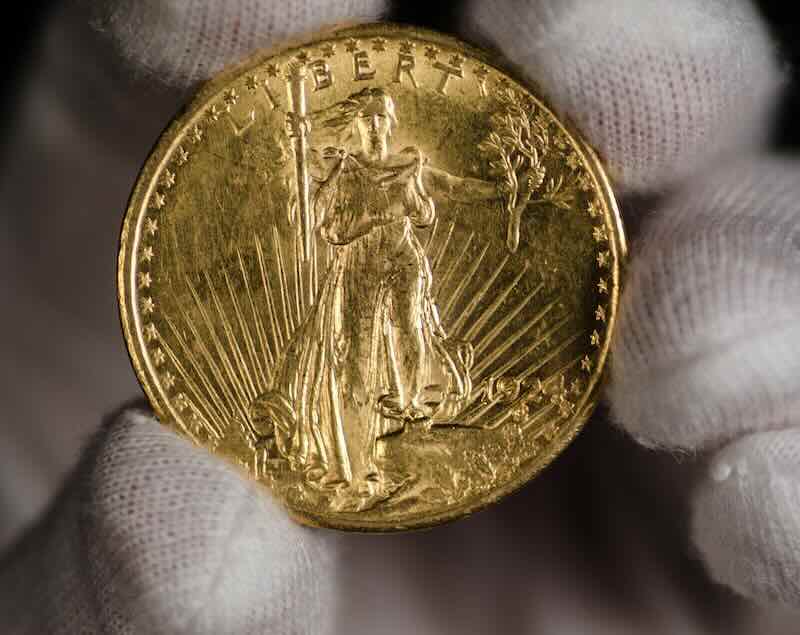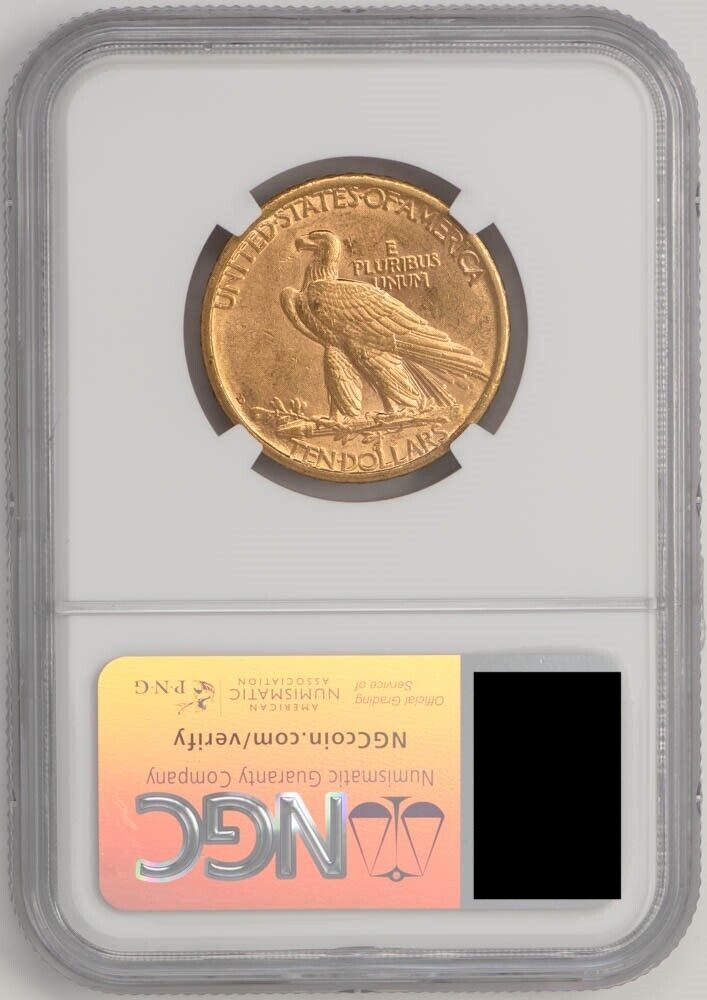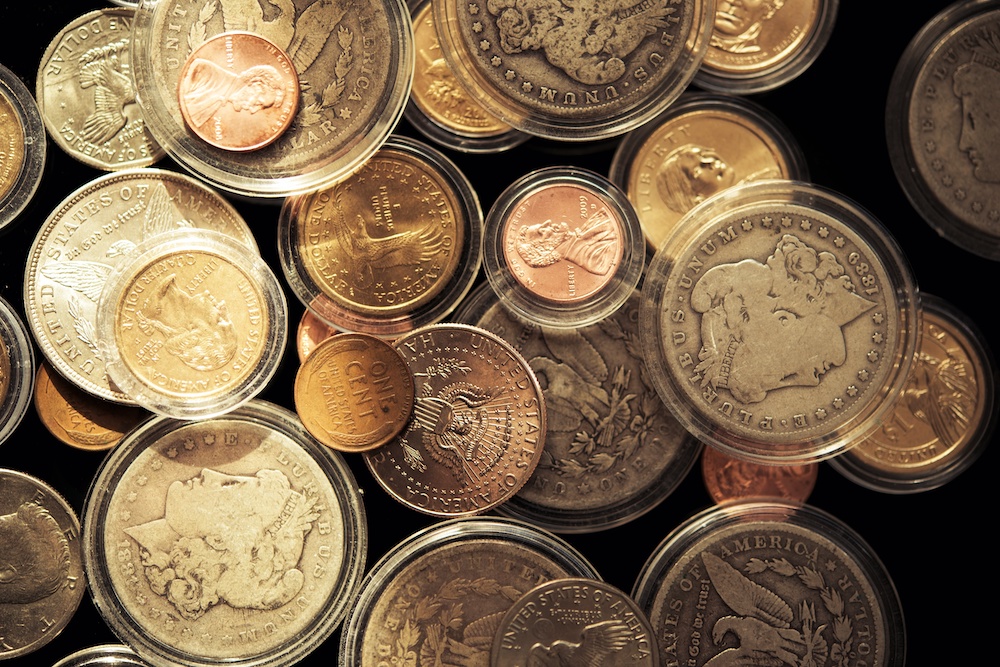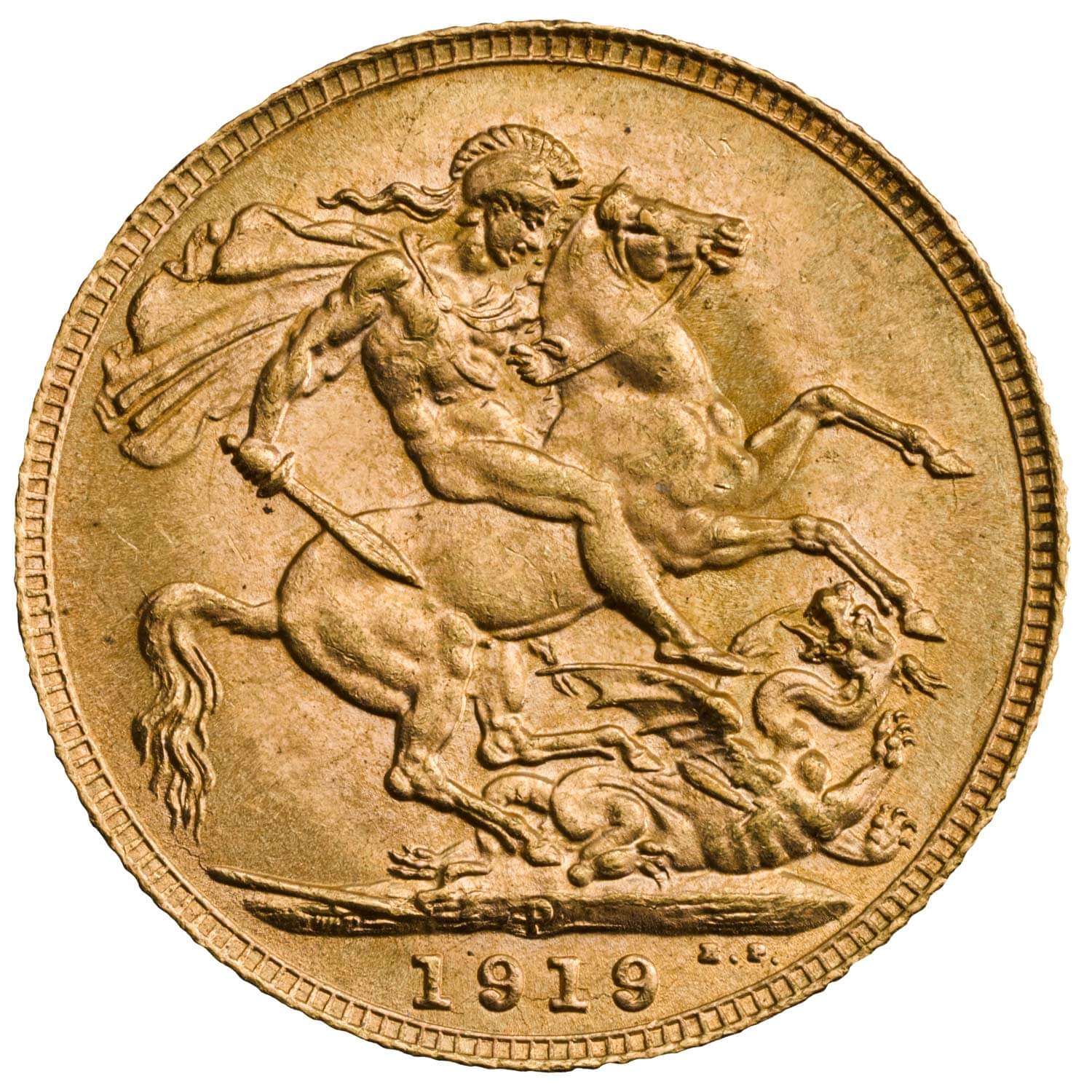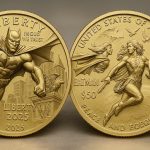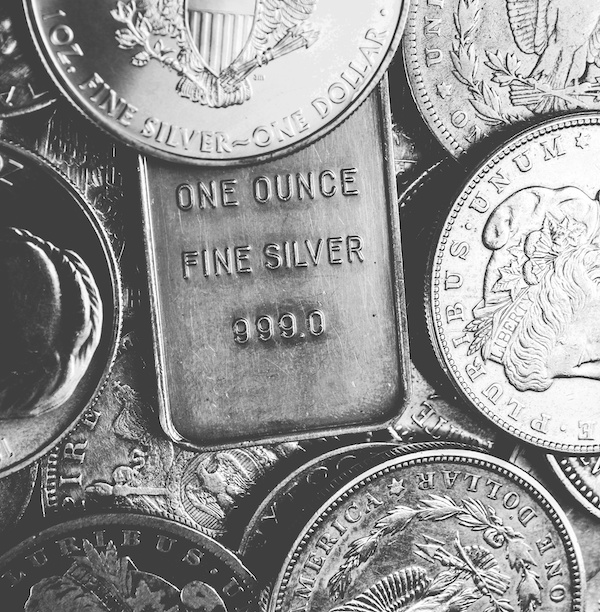The St Gaudens Double Eagle has a unique dual identity: a work of art from America’s “Renaissance of Coinage” and a 0.9675-oz gold vehicle that can be bought and sold with tight spreads. In a year when spot has been volatile and dealer competition has compressed premiums, pre-1933 “generic” Saints often offer efficient exposure to gold with a historical kicker. That’s why both gold coin enthusiasts and bullion coin investors track this market closely.
Market context: In cycles when modern bullion premiums expand, many investors rotate into pre-1933 $20 gold because common dates in XF–AU–low-MS are plentiful and liquid. Meanwhile, numismatists chase key dates, eye appeal, and top-pop slabs that can outpace bullion when demand spikes.
A Short History of the $20 Saint-Gaudens (and What You’re Buying)
Commissioned by President Theodore Roosevelt, Augustus Saint-Gaudens designed the $20 gold piece minted 1907–1933.
- Obverse: Liberty strides forward with torch and olive branch.
- Reverse: A soaring eagle over a rising sun.
- Mints: Philadelphia (no mintmark), Denver (D), San Francisco (S).
- Composition: 90% gold, 10% copper (for durability).
- Gold content: 0.9675 troy oz, total weight 33.436 g.
- Diameter: 34 mm.
- Types: 1907 High Relief (Wire Rim/Flat Rim), 1907–08 “No Motto,” 1908–1933 “With Motto.”

Production ended in 1933 amid gold recall policies; most 1933s were melted. There are only three surviving 1933 Double Eagle coins. The Weitzman Specimen is the only example legally permitted for private ownership due to its unique legal and auction history. The remaining two are government property and on display at the Smithsonian American History Museum in Washington D.C.
What “Bullion-Grade” Means (and Why Investors Like It)
Bullion-grade Saint-Gaudens typically refers to common-date coins valued primarily for gold content rather than rarity. Expect honest wear or bag marks in XF–AU, or “generic” MS-60 to MS-62. These trade close to melt value with a smaller numismatic premium.

Typical Premium Ranges
(Melt = spot × 0.9675 oz; premiums vary with supply/demand)
| Category (Common Dates) | Usual Grade Band | Typical Premium Over Melt* |
|---|---|---|
| Jewelry/cleaned/damaged | “Details” | 0–3% |
| Circulated XF–AU | XF40–AU58 | 1-3% |
| Raw BU “Generic” | MS60–MS61 | 4–9% |
| Slabbed “Generic” | MS-62 (PCGS/NGC) | 5–10% |
| Slabbed Choice | MS-66 (PCGS/NGC) | 25–30% |
*Illustrative ranges; check live dealer comps. Competition among dealers can compress spreads; stress periods can widen them.
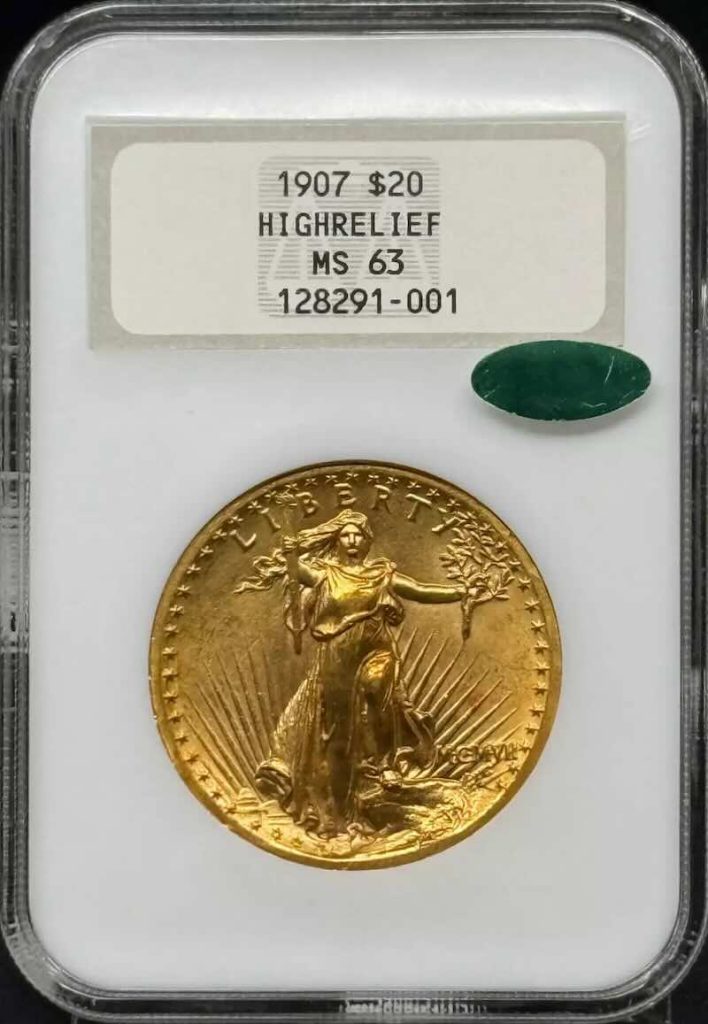
Why investors buy bullion-grade Saints:
- Authenticity: Third-party graded coins have been authenticated by numismatic professionals.
- Liquidity: Recognized worldwide, tight dealer buy/sell spreads.
- Efficiency: Often similar or lower % premiums than modern coins during certain windows.
- Option value: Some “generics” upgrade well; slab-ready coins can realize better bids.
Key Dates & Rarity—Where the Numismatic Value Lives
While most Double Eagles are bullion-tier, specific dates and types are coveted:
| Date/Type | Notes |
|---|---|
| 1907 High Relief (Wire Rim / Flat Rim) | Sculptural showpiece; strong collector demand. |
| 1907–1908 No Motto | First subtype; collectible premium. |
| 1920-S, 1921 | Low survival rates; significant premiums. |
| 1927-D | Legendary rarity in U.S. gold; seven-figure coin in high grade. Less than 20 survived being melted down. |
| 1930-S, 1931-D, 1932 | Scarcer issues; condition-sensitive premiums. |
| 1933 | Not legal to own (except the single auction-sold specimen). |
Collector takeaway: Key dates are not “melt plays.” Price swings reflect population reports, auction results, and grade distribution (e.g., MS-64 vs MS-65 can be step-function changes).
Raw vs. Third-Party Graded (PCGS/NGC)
Raw coins offer potential value but carry grading risk and counterfeit risk.
Certified coins from PCGS or NGC:
- Provide authentication, consistent grading, and easier resale—especially in higher price tiers.
- Common investment cut-offs: MS-62 as the “generic slab” and MS-63 for nicer eye appeal.
- Super-grade Saints (MS-64 and above) require careful due diligence on strike, luster, and surfaces; tiny differences can mean big money.
Pro tip: If you buy raw with the intention to grade, factor in grading fees, shipping/insurance, and turnaround time, and be realistic about outcomes.
What Are St. Gaudens Double Eagles Worth Right Now?
Because the coin’s base value is anchored to gold, start with melt = spot × 0.9675. Then apply the appropriate premium band from the table above based on date/grade/holder. For key dates, consult recent auction comps and population data; premiums can be multiples of melt.
Spread discipline:
- Compare multiple dealers and buyer bids.
- Favor readily marketable grades (XF–AU and MS-62/63 generics) when you plan to sell in size.
- Eye appeal matters—even within the same grade.
Counterfeits, Fakes & Replicas: What to Know
Counterfeit activity is real. Common fakes include:
- Cast copies with mushy detail, incorrect weight/diameter, or wrong ring test.
- “Fantasy dates” or added/altered mintmarks.
- Plated base-metal copies.
Check out the video below to see the difference between a counterfeit St Gaudens Double Eagle and an authentic coin.
Best practices:
- Verify weight (33.436 g) and diameter (34 mm); check thickness and specific gravity where possible.
- Use reputable dealers; prefer PCGS/NGC for higher-value buys.
- Consider XRF testing for large purchases.
- Be careful with “raw BU steals” from unvetted sources; if it’s too cheap, assume risk is priced in.
Pros & Cons for Different Buyer Profiles
For bullion investors
- Pros: Tight spreads; historic cachet; global liquidity; often better value than modern bullion during some cycles.
- Cons: Date/grade complexity; counterfeit vigilance; spreads can widen in stress markets.
For coin collectors/numismatists
- Pros: Deep, rewarding series with legendary types/dates; artistry and history; strong auction market.
- Cons: Steep price curves by grade; patience required for eye appeal; submits and crossovers add cost/risk.
How to Buy (and Sell) Smart
- Decide your lane: bullion exposure (XF–AU/MS-62) vs. numismatic pursuit (key dates, MS-63+).
- Anchor to melt: spot price × 0.9675 oz; apply realistic premium band.
- Certification where it counts: PCGS/NGC for investment-grade and any expensive targets.
- Comparison-shop premiums: Use transparent price trackers and live buy/sell quotes to shave % points.
- Document & store: Keep invoices, slab certs, and photos. Store in a safe or vault; insure meaningful value.
- Exit planning: Know wholesale bids and retail comps; attractive, liquid grades move fastest.
Where to compare: FindBullionPrices.com aggregates dealer pricing for Saint-Gaudens Double Eagles and shows which dealers accept crypto, helping you identify the lowest premium options quickly.
St. Gaudens Double Eagle Specifications (Quick Reference)
| Spec | Value |
|---|---|
| Denomination | $20 (Double Eagle) |
| Designer | Augustus Saint-Gaudens |
| Years | 1907–1933 (regular issues) |
| Composition | 90% Au, 10% Cu |
| Gold Content | 0.9675 troy oz |
| Weight | 33.436 g |
| Diameter | 34 mm |
| Mints | Philadelphia (no mintmark), Denver (D), San Francisco (S) |
| Subtypes | 1907 High Relief, 1907–08 No Motto, 1908–33 With Motto |
FAQs
Are Saint-Gaudens Double Eagles legal to own?
Yes—all dates except 1933 are legal for private ownership in the U.S. The famous 1933 issue is not legal to own (with one unique exception), and surviving pieces are government property or museum-held.
How much gold is in a Double Eagle?
Each contains 0.9675 troy ounces of pure gold (90% fineness).
What’s a fair premium over spot for a common-date Saint?
Ranges move with the market, but as a rule of thumb: XF–AU 3–8%, raw BU 5–10%, MS-62 slab 8–15%, MS-63 slab 12–25%. Key dates are a different market—price them by recent auction comps.
Is it safer to buy graded (PCGS/NGC)?
For higher-value coins, yes. Slabs reduce counterfeit and grading risk and improve liquidity. For bullion-tier generics, raw is common—but verify authenticity.
Which dates are most valuable?
Iconic targets include 1907 High Relief, 1908 No Motto, 1920-S, 1921, 1927-D, 1930-S, 1931-D, and 1932 in choice grades.
Final Considerations
The St Gaudens Double Eagle bridges art, history, and investable gold. For coin collectors, it’s a lifetime series with legendary keys; for investors, “generic” Saints can deliver efficient gold exposure with global liquidity and compressed spreads in competitive markets. Whether you’re targeting an MS-62 slab for a tight-spread bullion allocation or building a high-grade type set, anchoring your bids to melt, understanding premium bands, and comparison-shopping live dealer prices will keep you on the right side of the trade.
TL;DR: The $20 Saint-Gaudens Double Eagle is the most famous U.S. gold coin. For investors, “generic” common-date examples trade close to melt with modest premiums; for collectors, key dates and high-grade slabs command multiples of spot. Understanding gold content (0.9675 troy oz), typical premiums, grades, and counterfeits will help you buy confidently—and comparison-shop dealer pricing to capture the tightest spreads.
